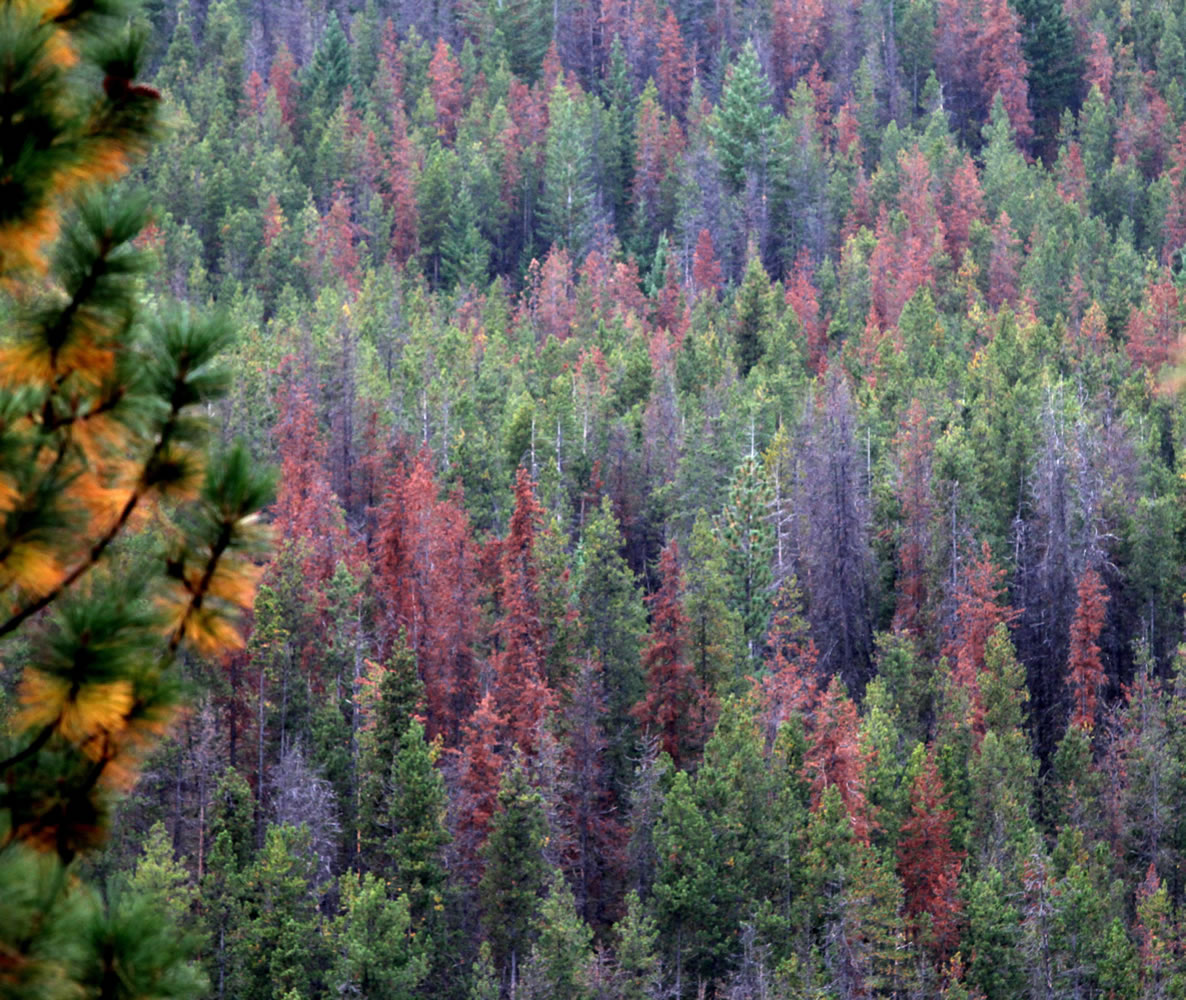SEATTLE — Climate change is already impacting forests, increasing wildfire risks, threatening coastal communities and reducing water supply in Washington state, a new federal scientific report found Tuesday.
The National Climate Assessment said Washington state faces key challenges, including changes in the snowmelt that is reducing water supply, rising sea level and acidity of marine waters that threatens the shellfish industry, and warmer, drier conditions that are contributing to more wildfires.
“These three risks — to our water, coast and forests — are not lurking on the horizon. They are here,” said Philip Mote, a professor at Oregon State University and lead author of the report’s Northwest region chapter. “The region is already having to adapt to these changes.”
Gov. Jay Inslee says the federal report highlights the need to take action to reduce carbon pollution in the state. Last week, the Democratic governor signed an executive order aimed at reducing carbon pollution, including directing a task force to recommend how to cap greenhouse gas emissions in the state.
“This assessment confirms that the costs of inaction on climate change are unacceptable for our state, and our children’s future,” Inslee said in a statement. “This challenge is significant, but it is matched by tremendous opportunities.”
The report was written by more than 250 scientists and government officials, starting in 2012.
In the Northwest, declining snowpack and changes in the snowmelt timing are already happening and will continue, reducing the supply of water for farming, people and fish.
Without human changes, for example, annual hydropower production is much more likely to decrease than to increase in the Columbia River basin; such hydropower changes could cost millions of dollars a year, the report said.
Rising sea level, erosion and ocean acidification together also pose a major threat to infrastructure, ecosystems and economic activity, the report says.
The rising acidity of the ocean also threatens oysters and other marine food web, such as Pacific salmon.
Previous studies have shown that corrosive water has a dramatic effect on oysters, clams, and corals, and could potentially affect the broader marine food web.
As sea levels continue to rise, more than 140,000 acres of coastal lands in Washington and Oregon that lie within 3.3 feet in elevation of high tide will be inundated more frequently.
Climate change will alter forests by increasing wildfire risk and insect and tree disease outbreaks, and by forcing long-term shifts in forest types and species, the report said. Those impacts are already causing widespread tree die-offs and are certain to cause more forest die-offs by the 2040s.
Warmer and drier conditions have helped boost the number and extent of wildfires in U.S. Western forests since 1970s, and that trend is expected to continue, the report said.



